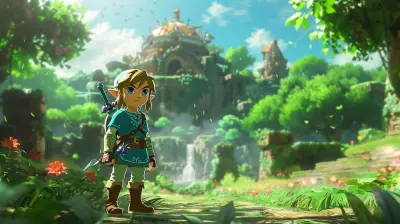The Impact of Streaming Platforms on Gaming Communities
5 July 2025
Once upon a time, back in the glory days of dial-up internet and pixelated graphics, gaming was mostly a solitary hobby. Sure, LAN parties and split-screen battles had their moment in the sun, but the idea of watching someone else play video games? That would’ve sounded pretty ridiculous to an entire generation.
Fast forward to today, and boom — Twitch, YouTube Gaming, Facebook Gaming, and now TikTok lives have turned gaming into a social spectacle. We’re no longer just mashing buttons behind closed doors; we’re building empires, creating memes, and bonding with people across the globe — all while racking up viewers like rockstars.
So what changed? Let’s dive headfirst into the pixels and unpack the impact of streaming platforms on gaming communities.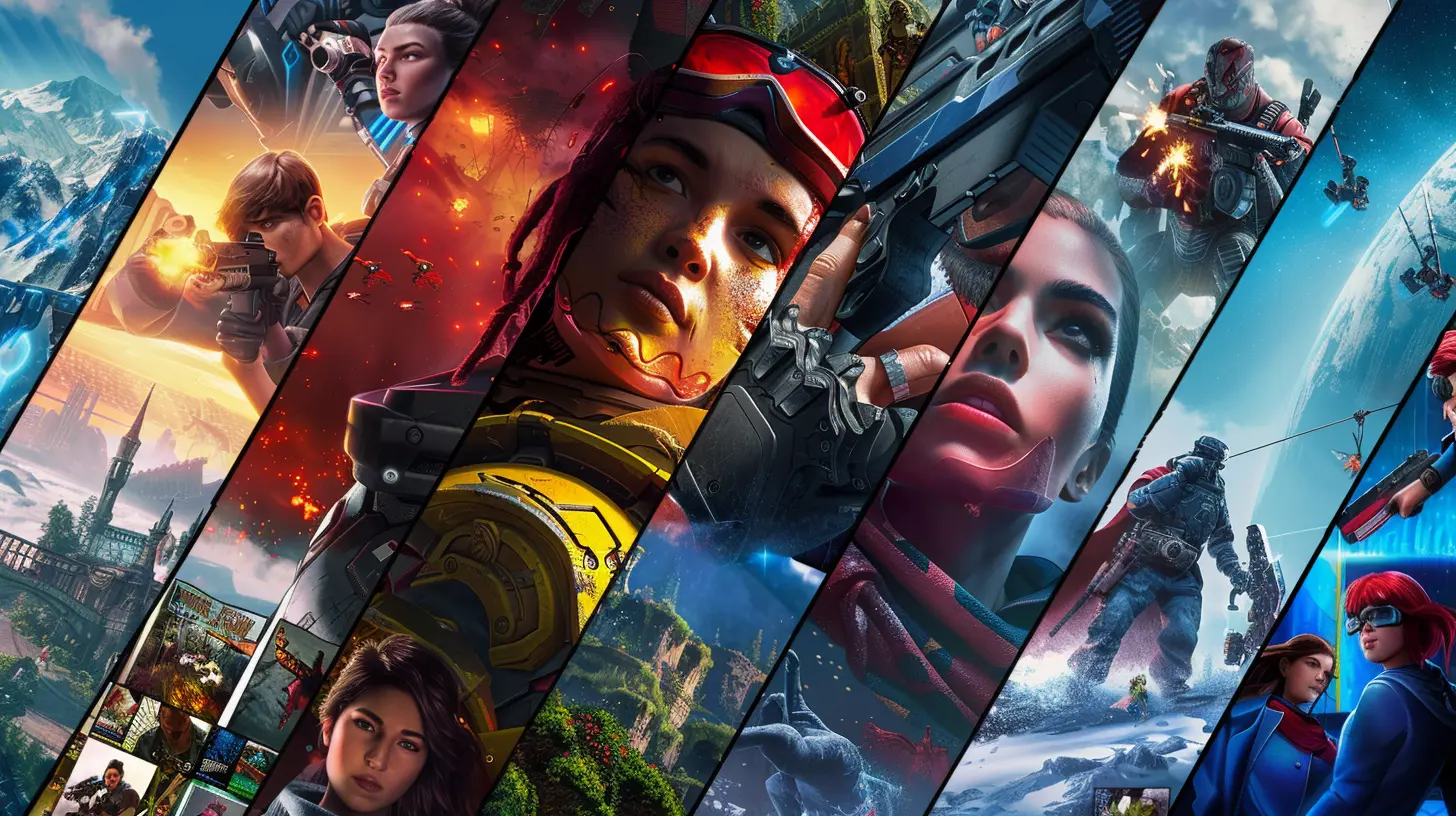
Streaming: The New Digital Town Square
You know how the local arcade used to be the place where gamers congregated? Or maybe your squad just met up in your mom’s basement with snacks and Mountain Dew? Those days are practically vintage now. Streaming platforms have become the new town square where gamers hang out. Except the square is digital, the crowd is global, and the closest thing to a town crier is a chat mod spamming “NO SPOILERS.”Streaming is where communities are born, memes go viral, and friendships (and even a few rivalries) blossom. It’s not just another way to consume content — it's reshaping how we experience gaming.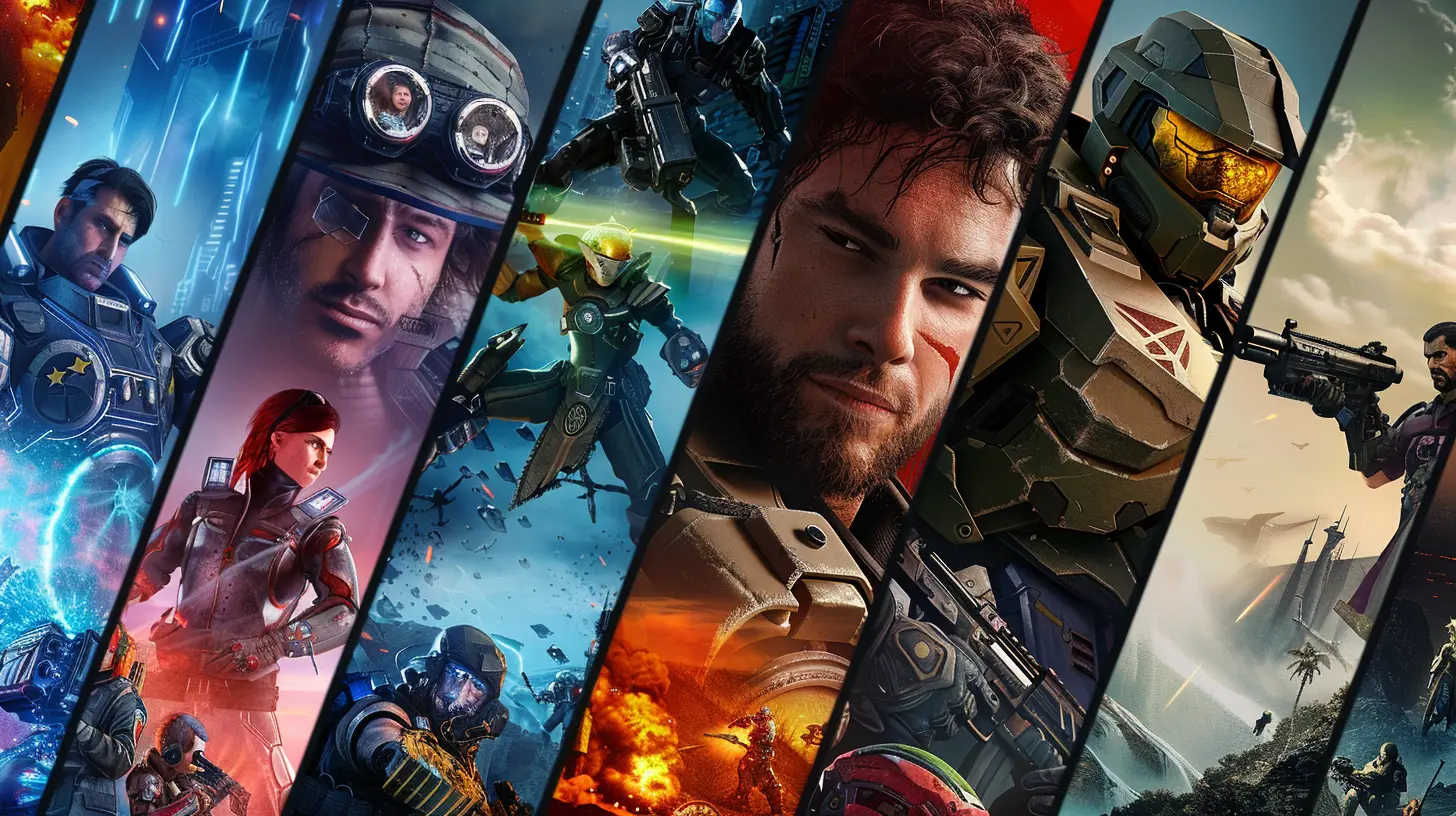
More Than Just Spectating: Building Real Communities
Let’s get one thing straight: people aren't just watching for the high-score runs or epic fails. They come back for the streamers themselves. Every streamer brings their own flavor — some are hilarious, others are edgy, and a few somehow manage to be cozy and chaotic at the same time.And guess what? Viewers aren’t just passive watchers either. Thanks to real-time chat, Discord servers, and Patreon perks, fans become part of tight-knit digital families. Inside jokes fly around, custom emojis get launched, and subscribers even start to recognize each other. It’s like Cheers, if Cheers had boss fights and loot drops.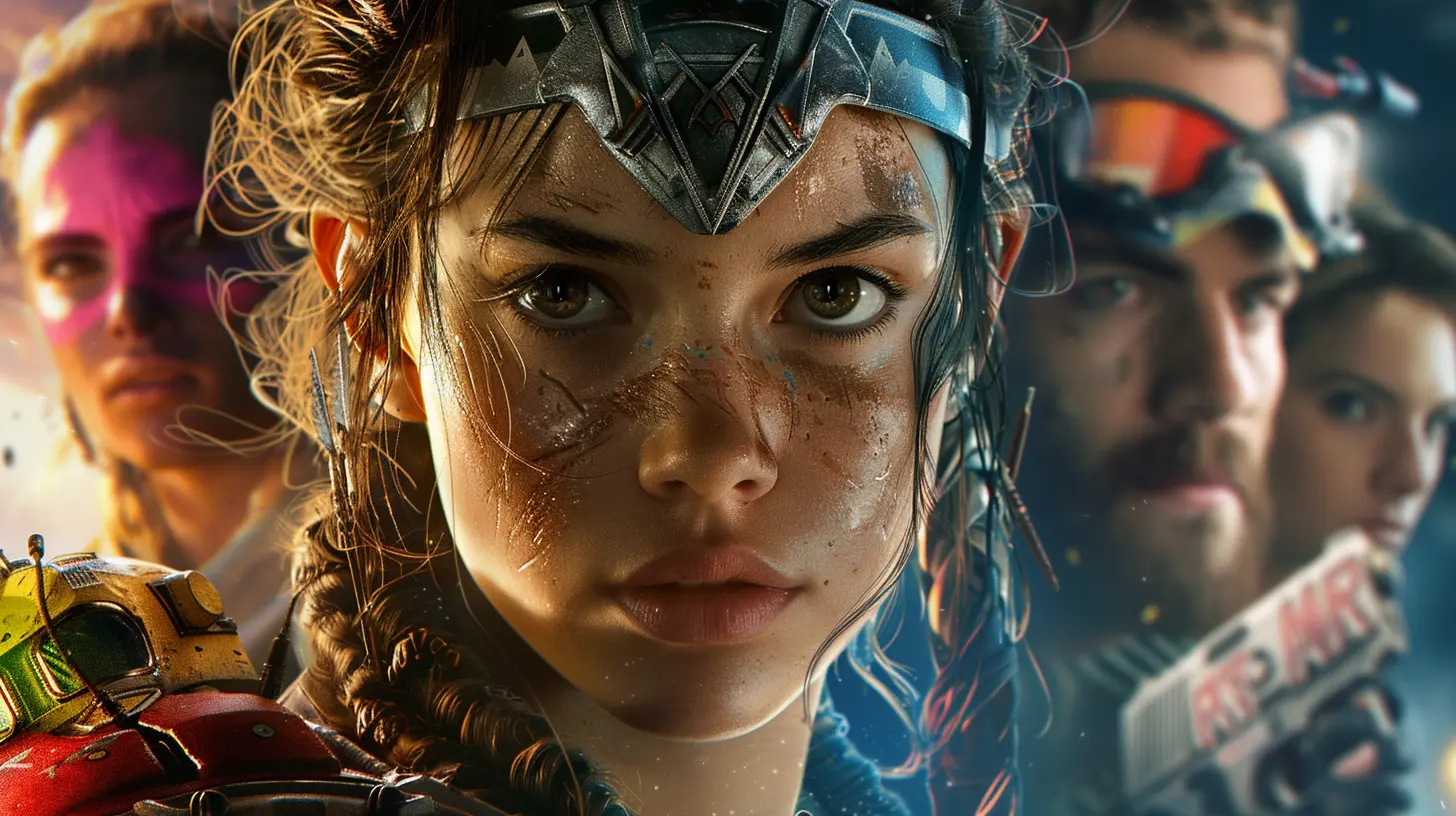
Empowering Gamers — One Stream at a Time
Back in the day, becoming a professional gamer was like trying to catch lightning in a bottle. Unless you were in the elite eSports circle, forget about turning your love for games into a career. Now? Streaming has democratized the dream.Yep, now anyone with decent internet, some charisma, and maybe a good webcam can shoot their shot. People are literally quitting their 9-5s to stream full-time. And even if you’re not the next Shroud or Pokimane, you can still build a modest community and maybe make some pocket money through donations, sponsorships, or subs.
It’s like gaming got a gig economy makeover—and folks are HERE for it.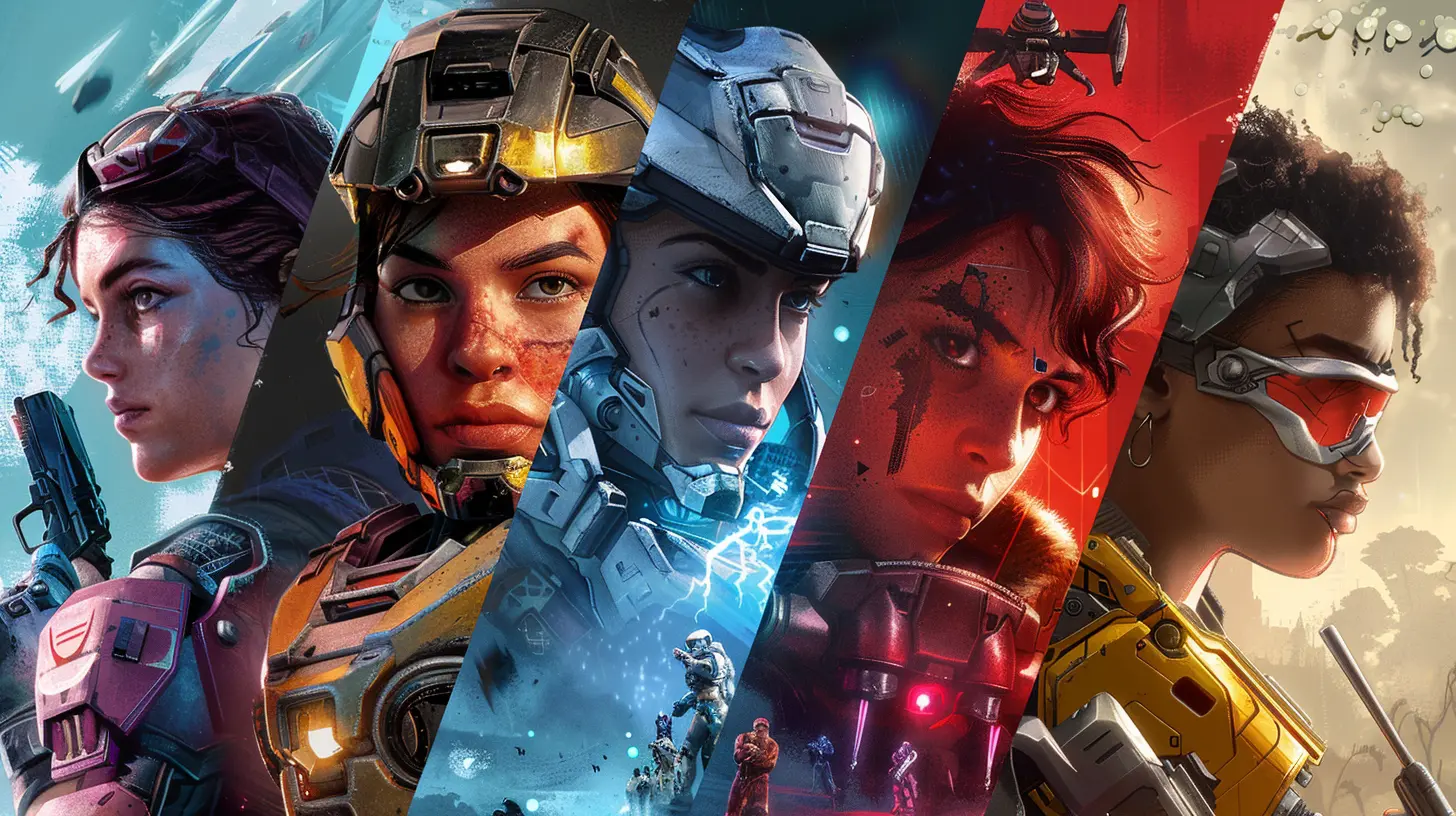
Influencing Game Trends and Culture
Let’s talk influence — and no, not the kind where someone sells you a skincare routine in the middle of a Minecraft stream. We’re talking real cultural impact.The success of a game nowadays can hinge on how much streamers hype it up. Remember how Among Us was chilling in obscurity for two years before suddenly becoming the quarantine hit, thanks to streamers? Yeah, that wasn’t luck. That was the power of live streaming.
Even big studios have started catering to streamers — creating “streamer-friendly” music, streamer-centric modes, or early access builds. Games aren’t just being made for players anymore—they’re being crafted for streaming content. It’s like tailoring clothes not just for the person wearing them, but for the runway too.
The Double-Edged Sword of Clout
It's not all sunshine and sub counts, though. While streaming platforms have opened doors, they’ve also created a high-pressure spotlight.When your success depends on algorithms and viewer counts, burnout is real. Many streamers feel like they can’t take breaks or risk falling into social oblivion. Just imagine trying to entertain thousands of people while also managing trolls, maintaining a brand, and, you know, actually enjoying the game.
And let’s be honest—some parts of gaming communities can get toxic. Cancel culture, harassment, and doxxing are unfortunately real issues, especially when the anonymity of the internet meets competitive heat. Moderation tools help, but it’s still a jungle out there.
Developers Are Getting In On It
Nowadays, game developers aren’t just sitting on the sidelines — they’re aggressively sliding into the creator DMs.Studios are partnering with streamers for early playthroughs, beta feedback, and hype-building. Some games even go viral before they launch, just thanks to streamers showcasing them on Twitch or YouTube. Think of it as modern-day word-of-mouth, but turbocharged with reaction cams and chat emotes.
Developers are realizing that a well-placed stream is basically free marketing — and way more authentic than a polished trailer. It's like letting players test-drive a car while the entire internet watches.
Events, Marathons, and Charity Streams
Gaming communities used to be scattered across forums like Reddit, IGN, or GameFAQs. Now? Events like Games Done Quick, Twitch Rivals, and The Streamer Awards bring communities together in real-time.These aren’t just events—they’re full-on festivals. You’ve got competitions, giveaways, donation goals, and sometimes chaotic cooking streams that somehow raise half a million dollars for charity.
The vibe? Think of it as a mix between a Super Bowl party and a sleepover… with slightly more caffeine and way more inside jokes.
The Role of Streaming in Game Discovery
Raise your hand if you’ve ever bought a game just because your favorite streamer made it look ridiculously fun. (Mine’s up too.)Streaming has quietly become the new form of discovery. Before, you might read a review or watch a trailer. Now? You catch a 3-hour stream, get hooked, and boom — next thing you know, you own the game and have already sunk 20 hours into it.
Platforms like Twitch are basically the live equivalent of Steam’s “Top Sellers” page. If your game is trending on Twitch, you can bet those sales charts are lighting up like a Christmas tree.
Niche Games and Hidden Gems Get Their Moment
Not every game can be a blockbuster hit — but streaming has shown us that even weird, quirky, low-budget indie games can find their niche audience.Ever heard of games like “Phasmophobia” or "Papers, Please"? These games might’ve flown under the radar if it weren’t for the viral streamer exposure. Suddenly, a game made by one dude in a basement is being played by millions, all thanks to the Twitch effect.
Streaming gave niche titles a megaphone — and gamers discovered just how fun stepping outside AAA territory can be.
Looking Ahead: What’s Next for Streaming and Gaming?
The streaming-gaming marriage isn’t ending anytime soon. In fact, it's going into hyperdrive. Expect to see more integrations like in-game Twitch features, interactive viewer quests, and AI-assisted moderation tools.We’re also seeing platforms evolve. TikTok’s “Live” feature is making gaming feel more bite-sized and spontaneous. Meanwhile, Virtual Reality (VR) and Augmented Reality (AR) are slowly creeping into the stream scene. Imagine walking beside your favorite streamer in-game and throwing them a virtual high-five. Wild, right?
Oh, and don’t be surprised when streaming becomes a normalized extracurricular. “How was soccer practice?” “Great, but I also gained 500 followers on my Valorant stream.” Welcome to the future, fam.
TL;DR — But Make It Spicy
Streaming platforms have cracked open the gaming world and turned it into a living, breathing, interactive experience. They’ve built communities, launched careers, reshaped game development, and given power to both devs and players.Sure, there are challenges—burnout, toxicity, and the pressure of maintaining relevance. But the pros? They’re game-changing. Literally.
So next time you find yourself deep in a Twitch rabbit hole at 2 AM, just remember — you’re not wasting time. You’re participating in one of the most exciting revolutions in gaming history. Grab your snacks, fire up chat, and let’s keep this epic quest going.
all images in this post were generated using AI tools
Category:
Gaming CultureAuthor:

Tayla Warner
Discussion
rate this article
2 comments
Etta Jennings
Great insights! Streaming platforms have truly transformed gaming communities, fostering connections and creativity among players. Excited to see how it evolves!
October 6, 2025 at 5:05 AM

Tayla Warner
Thank you! I completely agree—streaming platforms have revolutionized how gamers connect and share their creativity. It's an exciting time for the gaming community!
Valentina Torres
Streaming enhances community engagement but challenges traditional interactions.
July 16, 2025 at 4:30 AM

Tayla Warner
Thank you for your insight! You're right—streaming does foster new connections while also reshaping traditional engagement methods within gaming communities.
